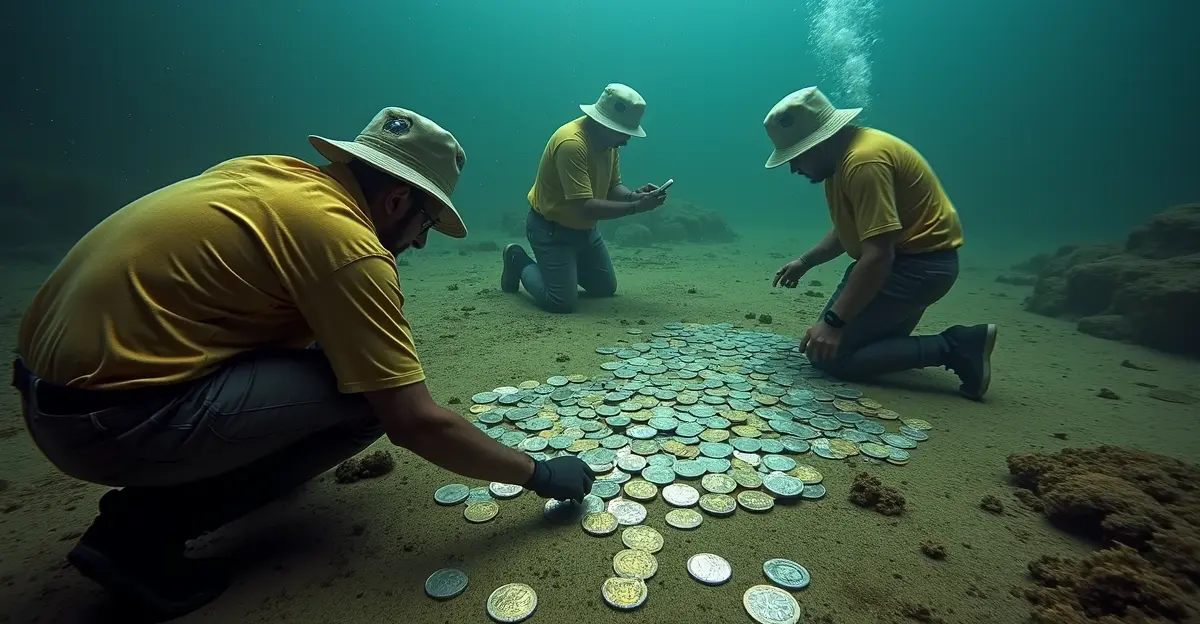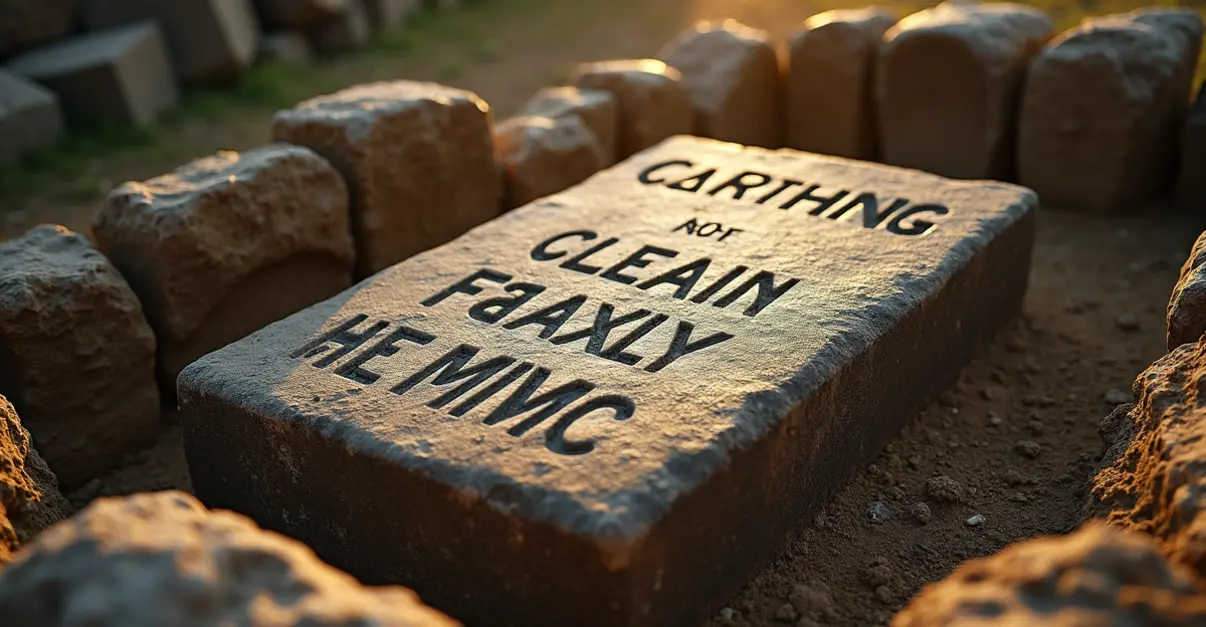Treasure hunters recover over $1 million in Spanish coins from 1715 shipwreck off Florida, including 1,000+ silver reales and 5 gold escudos. Largest coin find since 1990 from historic fleet sunk in hurricane.

Historic Discovery Off Florida's Treasure Coast
In a remarkable archaeological find that has captured international attention, American treasure hunters have recovered over $1 million worth of Spanish coins from the legendary 1715 Treasure Fleet shipwreck off Florida's Treasure Coast. The discovery, made during the 2025 summer salvage season, represents one of the largest single recoveries from the historic shipwrecks in decades.
The 2025 Treasure Recovery
The recovery operation, led by Captain Levin Shavers and his crew aboard the M/V "Just Right," yielded more than 1,000 silver reales and five gold escudos coins. Working under the exclusive salvaging rights held by 1715 Fleet-Queens Jewels, LLC, the team used underwater metal detectors and careful sifting techniques to locate the centuries-old treasure buried beneath the ocean floor.
"Every coin is a piece of history, a tangible connection to the people who lived, worked, and went to sea during the Golden Age of the Spanish Empire," said project leader Sal Guttuso, emphasizing the historical significance of the find.
The Tragic History of the 1715 Fleet
The 1715 Treasure Fleet was a combination of two Spanish fleets returning from the New World to Spain when disaster struck. According to historical records, at 2:00 AM on July 31, 1715, a devastating hurricane struck the fleet along Florida's east coast, sinking all eleven Spanish ships. The fleet was carrying an estimated $400 million in treasure, primarily silver mined from Spanish colonies in Mexico, Peru, and Bolivia.
The disaster claimed approximately 1,000 lives, with only a small number of survivors reaching shore in lifeboats. The wreck sites have since become known as Florida's "Treasure Coast," with artifacts occasionally washing ashore even today.
Modern Treasure Hunting and Preservation
The recent discovery marks the largest coin recovery from the 1715 fleet since 1990. The coins, many still bearing visible dates and mint marks, provide valuable insights into Spanish colonial minting practices and trade routes. The silver pieces of eight and gold escudos were the currency of international trade during the 17th and 18th centuries.
"This discovery represents the largest volume of coins found from these shipwrecks since 1990," noted maritime archaeologist Dr. James Sinclair. "The preservation of these artifacts is crucial for understanding our shared maritime heritage."
Under Florida's admiralty law, the recovered treasure will be divided between the salvage company and the state. The state will retain 20% of the find for museum displays and educational purposes, while the remaining 80% will be distributed among the salvage crews. The artifacts will undergo conservation at specialized facilities before being displayed at local museums including the Mel Fisher Treasures Museum in Sebastian and the McLarty Museum in Indian River County.
Continuing the Search
The 2025 discovery demonstrates that significant treasures remain to be found from the 1715 fleet. With modern technology and careful archaeological methods, treasure hunters continue to uncover pieces of history that have lain undisturbed for over three centuries. The ongoing search not only yields financial rewards but also contributes to our understanding of colonial-era maritime history and Spanish imperial ambitions in the New World.

 Nederlands
Nederlands
 English
English
 Deutsch
Deutsch
 Français
Français
 Español
Español
 Português
Português









